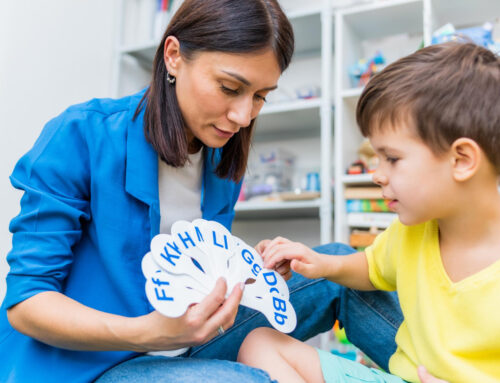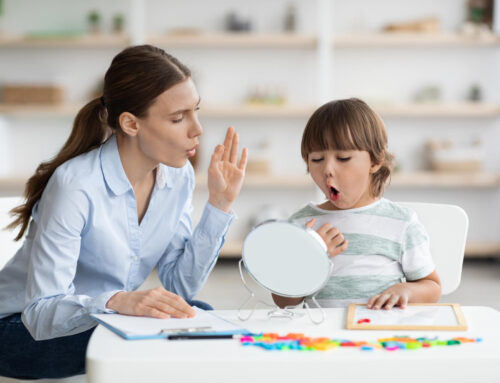
-
- Taking a drive to the store, to a doctor’s appointment, or even just around the block can sometimes be the only outlet for a stay-at-home parent of a young child or children. It’s a break in the day-to-day home routine, even if that means that your child goes with you. On occasion, car rides with your children are a necessary part of life in order to get to those required appointments. Car rides can also be your primary form of transportation for family vacations. Every seasoned parent knows that car rides are not always relaxing when children come along. In fact, some car rides are so awful that you wish you would have stayed home.
So, why do children find car rides so miserable AND make sure to communicate their opinions loudly to their parents?
- Uncomfortable car seats and seat belts
- Boredom
- Hunger
- Bladder and bowel needs (i.e. dirty diapers, a much needed trip to the potty)
- Siblings looking at them wrong
- Car and traffic noises
- Interior temperature of the vehicle
- Fatigue
- Car sickness
No child will have the exact same car discomforts as another child, and along with the verbal communication young children lack it is often a puzzle as to why they tantrum or melt down in the car. Furthermore, turmoil that the child and the parents face worsen when there is a developmental or behavioral issue to consider (i.e., autism, Down syndrome, ADHD, generalized anxiety, etc.). As a result of uncontrollable emotions, car rides come to a screeching halt, appointments are missed, family vacations are tainted or delayed, and the list goes on.
Here are a few tips that may help ease the tensions of the car ride with your child. Note: not all of these tips are going to be a guaranteed fix-all for your child, but it never hurts to try and to experiment with ones that could be relevant to your situation.
Car seats and seat belts: Some things are non-negotiable when it comes to car rides, and being securely buckled into a car seat is one of them. First things first: never give your child the impression that it is alright to take a car ride without being buckled in, even if it is for a “quick trip” or else you will be having this re-occurring fight until the day your child moves out of the house. Warm your young child up to the idea of being safely strapped into the car seat by having them sit in it for short spurts at a time. Gradually increase their sitting time without over-stressing them. You want them to build up the toleration to the seat without making it a traumatic experience.
Boredom: This can sometimes easily be solved with favorite toys, favorite songs, and favorite movies if you are fortunate enough to have a TV screen in your car. Spread out the bag of tricks over the length of the car ride. Introduce only one or two toys at a time. Exposing your child to everything you have (i.e., songs, movies, toys) will leave you empty-handed 5 minutes into the ride.
Hunger: Make sure the child eats a wholesome meal and drinks plenty of liquids prior to the car ride. If you are expected to be out for a while, bring snacks and drinks that will be easy to juggle in the car with minimal spillage.
Bladder and bowel needs: Have your child use the toilet prior to the ride, even if they don’t necessarily have to go. This gets your child in the habit of using the bathroom before leaving. If your child is too small for the toilet, make sure you change their diaper RIGHT before leaving. Have extra diapers and wipes with you for if and when your child needs a change during the ride.
Car and traffic noises: This discomfort is not necessarily preventable, and it will take several car trips for the child to get used to the noises. If your child tolerates wearing earmuffs or a long hat to cover their ears, this might be a good option to minimize the noise.
Interior temperature: Properly dress your child prior to the car ride, which includes bringing extra layers or blankets for air-conditioning freeze-outs.
Fatigue: Attempt to coordinate your car rides with your child’s nap schedule. If your child gets a full nap prior to the ride, then the less likely they will get snippy with you. If this is not possible, bring comfortable items such as a favorite blanket or stuffed animal to help lull them to sleep in the car.
Car sickness: Parents will have to take the time to observe their child to see what types of triggers may set of car sickness. This could include the motions of the car, the sun blaring through the window, the temperature setting, the tightness and placement of the seat-belt, or a combination of several noxious stimuli. Attempt to minimize the triggers the best you can, take several rest stops, and experiment with ways to reduce sickness (i.e., chewing or sucking on a piece of candy, anti-nausea or anti-motion sickness medicines, etc.).
The most essential thing a parent could do is practice by going on consistent car rides, even if some attempts become total flops. The more experience the child gains from riding in the car, the less difficult future trips will become.
- Taking a drive to the store, to a doctor’s appointment, or even just around the block can sometimes be the only outlet for a stay-at-home parent of a young child or children. It’s a break in the day-to-day home routine, even if that means that your child goes with you. On occasion, car rides with your children are a necessary part of life in order to get to those required appointments. Car rides can also be your primary form of transportation for family vacations. Every seasoned parent knows that car rides are not always relaxing when children come along. In fact, some car rides are so awful that you wish you would have stayed home.





